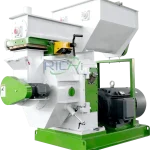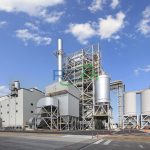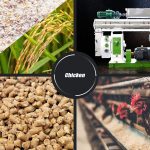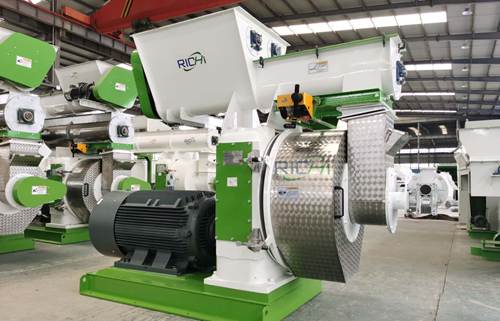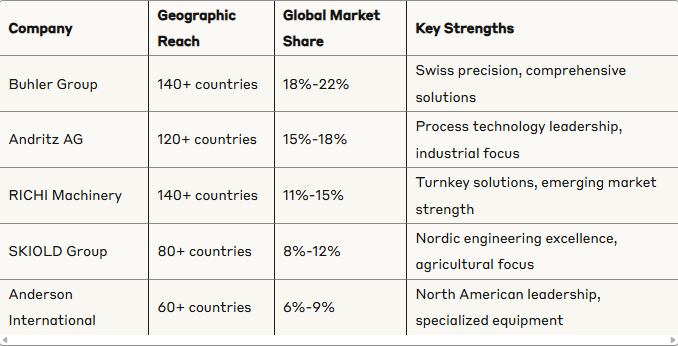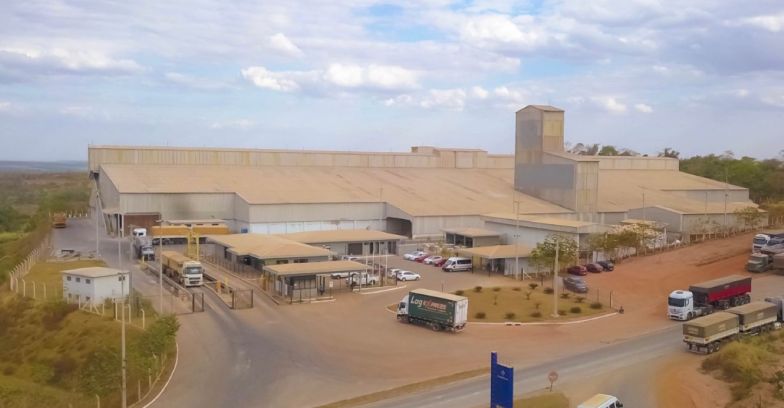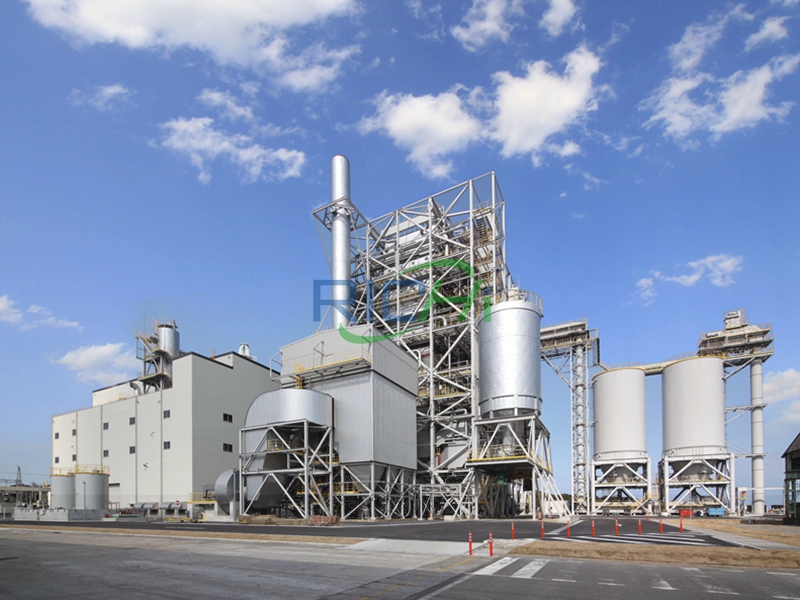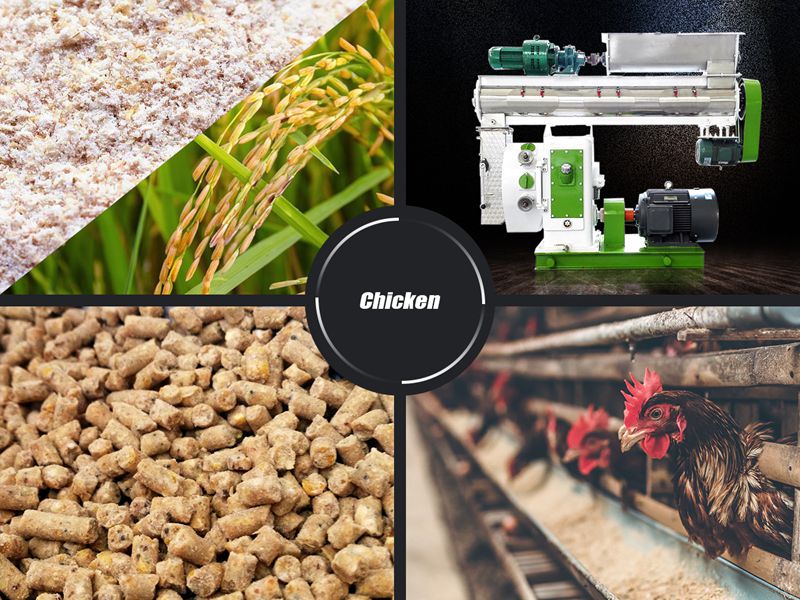EFB pellet machines play a crucial role in the biomass industry by converting Empty Fruit Bunches (EFB) into compact and uniform pellets. These machines streamline the process of handling EFB waste from palm oil mills and transform it into valuable fuel sources. Understanding how EFB pellet machines work is essential for maximizing their efficiency and ensuring optimal pellet quality.
In this article, we will delve into the operational mechanisms of EFB pellet machines, their components, steps involved in the pelletizing process, as well as the benefits and challenges associated with their operation.
Introduction to EFB Pellet Machines
EFB pellet machines are specialized equipment designed to process EFB waste from oil palm plantations. These machines utilize a combination of shredding, drying, and pelletizing techniques to transform the raw EFB material into compact and uniform pellets.
The pellets produced by the efb pellet machine are an eco-friendly alternative to fossil fuels, making them a sustainable energy source for various industries.
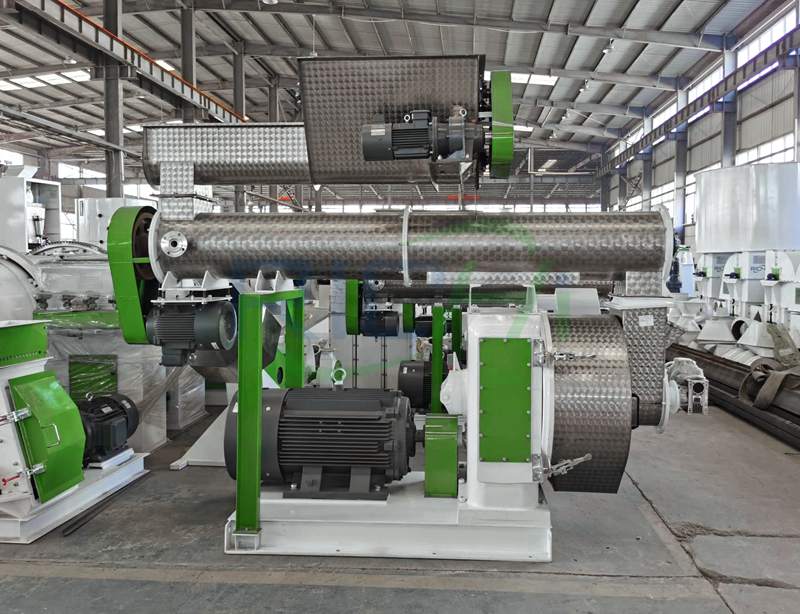
The Components of EFB Pellet Machines
EFB pellet machines consist of several key components, including a shredder, dryer, pellet mill, cooler, screener, and packaging machine. The shredder is responsible for breaking down the EFB material into smaller pieces, while the dryer removes excess moisture to enhance pellet quality.
The pellet mill compresses the dried EFB material into pellets, which are then cooled, screened, and packaged for distribution.
Step 1: Shredding Empty Fruit Bunches (EFB)
The first step in the pelletizing process involves shredding the EFB material into smaller pieces. This is typically done using a high-speed shredder, which breaks down the fibrous EFB material into uniform sizes. Shredding helps increase the surface area of the EFB material, making it easier to dry and pelletize.
Step 2: Drying the EFB Material
After shredding, the EFB material is dried to reduce its moisture content. Excess moisture can affect the quality and combustion efficiency of the pellets, so drying is a critical step in the pelletizing process. The drying process can be done using a rotary dryer or a belt dryer, depending on the scale of production and available resources.
Step 3: Pelletizing the EFB Material
Once the EFB material is sufficiently dried, it is fed into the pellet mill for compression. The pellet mill applies pressure to the dried EFB material, forcing it through a die to form compact pellets. The pellets are then cut to the desired length before being discharged for cooling and screening.
Step 4: Cooling the EFB Pellets
After pelletizing, the EFB pellets are transferred to a cooler to reduce their temperature and stabilize their structure. Cooling helps prevent the pellets from breaking or crumbling during handling and transportation. The cooled pellets are then ready for screening to remove any fines or oversized particles.
Step 5: Screening and Packaging
The final step in the pelletizing process involves screening the EFB pellets to remove any impurities and ensure uniformity in size. The screened pellets are then packaged in bags or bulk containers for distribution to customers. Proper packaging helps preserve the quality of the pellets during storage and transportation.
The Importance of EFB Pellet Machines
EFB pellet machines play a vital role in converting agricultural waste into valuable energy sources. By utilizing EFB pellets as a fuel source, industries can reduce their reliance on fossil fuels and contribute to environmental sustainability.
EFB pellet machines also provide a cost-effective solution for managing EFB waste from palm oil mills, turning a potential environmental hazard into a valuable commodity.
Related post: https://richipelletizer.com/efb-pellet-machine/
Benefits of Using EFB Pellet Machines
There are numerous benefits to using EFB pellet machines for processing EFB waste. These machines offer a sustainable solution for converting biomass waste into energy, reducing greenhouse gas emissions and promoting renewable energy sources.
EFB pellets have a high energy content and low moisture content, making them an efficient and clean-burning fuel source for industrial applications.
Challenges of Operating EFB Pellet Machines
While EFB pellet machines offer many advantages, they also present certain challenges in their operation. Maintaining consistent pellet quality, optimizing production efficiency, and managing equipment maintenance are key challenges faced by operators of EFB pellet machines.
Additionally, fluctuations in raw material supply and market demand can impact the profitability of EFB pellet production.
Maintenance Tips for EFB Pellet Machines
To ensure the optimal performance of the pellet maker, regular maintenance and servicing are essential. Operators should regularly inspect and clean the equipment, lubricate moving parts, and replace worn components to prevent downtime and ensure reliable operation.
Following manufacturer-recommended maintenance schedules and procedures can prolong the lifespan of EFB pellet machines and minimize costly repairs.
In conclusion, EFB pellet machines offer a sustainable and efficient solution for converting EFB waste into valuable energy sources. By understanding the operational mechanisms of these machines and following best practices in their operation, industries can harness the benefits of EFB pellets while minimizing the challenges associated with their production.
With proper maintenance and management, EFB pellet machines can play a significant role in enhancing sustainability and reducing environmental impact in the biomass industry.



